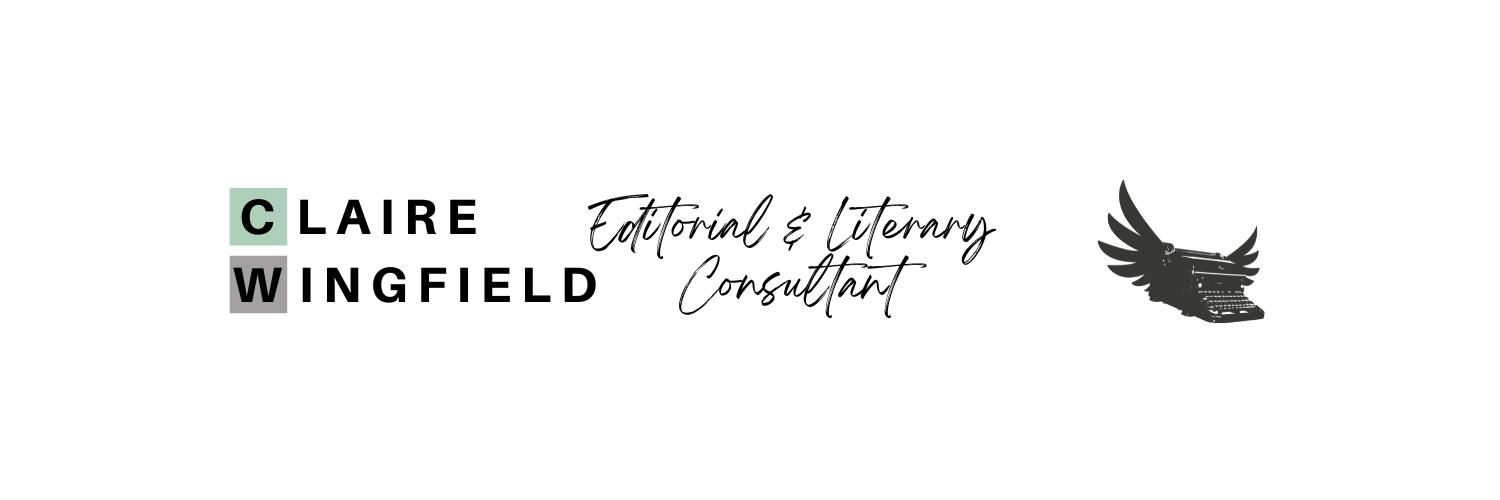Read this before publishing a book on Amazon
Publishing a book on Amazon is a relatively straightforward way to make your book available to millions of potential readers in different territories. Here are 18 top tips from self-publishing consultant Claire Wingfield to help before you embark on publishing with Amazon.
1
You will need to create 2 files – the interior typeset and the cover – formatted to Amazon’s requirements, and can download a template to the correct dimensions for your cover once you have the size and number of pages of the interior typeset.
2
Amazon makes it very easy once you have uploaded your files to ‘preview’ what you have uploaded and even highlights any typing errors that may have snuck through the proofreading process when you upload the ebook.
3
You don’t have to publish exclusively on Amazon. Many self-published authors also publish using Ingram Sparks to access the wider book distribution system. However, making the ebook exclusive to Amazon by ticking the KDP Select box at the book set-up stage does give you some additional promotional tools to those who opt to ‘go wide’ and also publish their ebook on other ebook retailers such as Kobo and Draft2Digital. This includes the ability to add a price-drop promotion or set the book to free for a short period in each 90-day term a book is enrolled in KDP Select. You’ll find these options in the marketing tab of your Amazon publishing account. (Can’t make up your mind whether to go wide or publish with KDP Select? The good news is you make the commitment for 90 days at a time, so you can test out both options.)
KDP Select books are available to readers who have a subscription to Kindle, meaning they don’t pay for individual books and may therefore be more likely to take a chance on a new author. Publishers are paid by page read and therefore the length of your book may influence your decision.
4
Whilst Amazon provides their own number to identify each product, you should purchase an ISBN for any print books you publish on Amazon (and also for any ebooks you intend to publish wide at any point). ISBNs are purchased from Nielsen’s ISBN Store and buying a block of 10 is the most efficient way of purchasing if you will later publish more books or will publish this book in multiple formats (e.g. large print, hardback).
The ISBN becomes a bar code for the back of the book.
5
Before publishing a book on Amazon, you can order a proof copy to get a first look at the printed format. Allow plenty of time in your publishing schedule for its delivery and for you to read it thoroughly. Seeing the first printed proof can bring new proofreading and editorial issues to light. If so, the files can be amended and reuploaded (there is no fee from Amazon for uploading revised files). The proof copy will have ‘not for sale’ printed across it and an additional bar code printed on the back cover, to indicate to Amazon this is a different product.
6
Take time to consider the text for your Amazon product page – e.g. the ‘hook’ the reader will see to help them choose the book. Don’t skimp on this as you need to give enough content for strong SEO. (I.e. the information is scanned to decide which books to show a reader in their search.)
7
It is possible to add a subtitle to the ebook (helpful to consider including your key words here) and this can be changed in the future if desired. For print formats, a subtitle can’t be changed.
8
After the book is published, it is possible to order Author Copies from your Amazon publishing account at production cost (i.e. cheaper than if you were a standard customer). Amazon Author Copies do not impact sales rank and you will receive no royalty for these copies, of course.
9
To show your author photo on your Amazon product page, you can open an Author Central Account. You can also add videos here and links to blog posts etc. Opening an Author Central account is also helpful as you publish more books, as it allows a reader to view all the books by an author together.
10
For authors publishing a series, there is an option when setting up the book on Amazon to set up a series page, allowing all books in the series to be viewed together.
11
Consider adding ‘Amazon A+ Content’, additional graphics to promote your book on its product page.
12
It is important to encourage reader reviews of your book to be published on its Amazon product page, as ‘social proof’ of the book’s quality and popularity.
13
Sales impact rank, allowing consistent sellers to climb the bestseller list in a book’s categories. Therefore it can be better to request a more niche category with less competition for increased visibility. E.g. ‘women’s fiction’ is much busier and much harder to rank in than the categories of ‘divorce fiction’ or ‘friendship fiction’. Categories and key words can be changed by logging in to your publishing account.
14
A huge number of books are published on Amazon each year, so it’s important to have a realistic idea of visibility and sales. Many authors boost their visibility using Amazon’s marketing option (AMS – Amazon Marketing Services). This involves bidding on key words the reader might search for to find your book and paying per click. You may decide to establish your book first, building reviews and organic sales, before learning this marketing skill. You can see some books using Amazon ads by searching for a type of book on Amazon and looking for the books labelled ‘sponsored ads’.
15
Amazon will sometimes drop the price of your print book. You will receive the same payment per sale as if a book was sold at the price you set. It’s an indication the book is selling well and the Amazon bots think it will sell even better at a different price point.
16
It can take a little time for everything to show up as it should on your product page when you first press publish. E.g. the ‘look inside’ sample can take a little while to go live.
17
Amazon support can be accessed in your publishing account by chat, email form or phone. Response time is usually within one day. Keep your query clear and concise for the best results and for the ebook include the ASIN (the book’s Amazon product code, which you can find on the left of its product page, under the heading ‘product details’). For paperback formats, you would quote the ISBN, which again can be found on a book’s product page, under the heading ‘product details’
18
Amazon is constantly evolving its publishing services, so keep an eye on any emails from Amazon KDP to keep on top of any developments. It can also be helpful to keep an eye on some publishing groups on social media, where developments will likely be discussed as they arise.
That’s it! Have great fun publishing on Amazon and enjoying the opportunities this can offer. If you need support or troubleshooting whilst publishing on Amazon at any point, I often undertake these services for authors and can be reached by email on contact@clairewingfield.co.uk Happy publishing!


